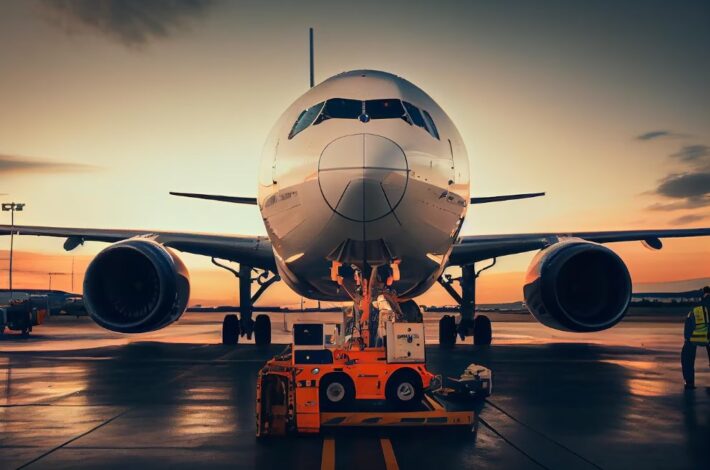
Understanding the weight dynamics in aviation is a vital aspect of ensuring flight safety and optimizing performance. One such fundamental concept is ‘useful load,’ a term that forms an integral part of aviation weight management (WM).
This article provides an insightful exploration into the meaning of useful load, the process involved in its calculation, and its overarching significance in aviation weight regulation.
Understanding the Empty Weight and Maximum Gross Weight
The ’empty weight (EW)’ refers to the weight of the airplane in its bare form, inclusive of permanent fixtures and non-drainable fluids. Every airborne vehicle is engineered to sustain a certain ‘maximum gross weight’ (MGW) for takeoff, and for larger models, a specified maximum weight for landing as well.
In aviation terminology, the term ‘useful load’ refers to the weight difference between the MGW and the EW of the flying vehicle. To calculate the total operational weight of the flying machine, one needs to account for:
- Fuel and oil;
- Other fluids;
- Pilot and passengers;
- Luggage.
Certain flying machines also have restrictions such as ‘zero fuel weight’ which sets a limit on the weight allowed in the cabin. Furthermore, some models specify a ‘maximum ramp weight’ that considers the fuel expenditure before takeoff, typically falling in the 6 to 15-pound range depending on the model.
Balancing Weight and Center of Gravity (CG) in Flight Operations
When conducting a weight and balance check, all the components are added to the EW, ensuring that no sub-limits are breached. Alongside this, the moments, inclusive of the empty CG moment, are calculated to verify the loaded CG remains within the permissible range.
The process does not end once the machine is airborne. A subsequent weight and balance evaluation is conducted at the conclusion of the flight to ensure adherence to CG boundaries and landing limitations.
If the weight meets the requirements but struggles with CG restrictions, possible solutions include:
- Weight reduction;
- Weight redistribution;
- A combination of both.
Interestingly, fuel load reduction does not always solve the problem. In certain models, the aft CG limit expands at lighter weights, complicating the CG issue.
Decoding the Concept of Payload
The term ‘payload’ generally refers to the amount of weight a flying machine can transport from one point to another. In such calculations, the pilot’s weight is commonly added to the EW and categorized under ‘basic operating weight.’ The remaining weight after adding fuel is considered the payload.
The calculation of payload can be approached in various ways. One such method is determining the maximum cabin load with a full fuel tank.
Key weights to be mindful of include:
- EWs;
- Maximum weights;
- Any specified sub-limits.
Key Takeaways
| Aspect | Description |
|---|---|
| EW | The weight of the aircraft in its most basic form, including non-drainable fluids and permanent fixtures |
| Useful Load | The weight difference between the MGW and the EW of the aircraft |
| Weight and Balance Check | An evaluation involving the addition of all weight components to the EW and ensuring the loaded CG is within the allowed limit |
| Payload | The amount of weight an aircraft can transport from one location to another after accounting for the basic operating weight and fuel |
Conclusion
Understanding the various aspects of aircraft WM, particularly the concept of useful load, is essential for ensuring safe and efficient flight operations. This understanding aids in striking the right balance between the machine’s carrying capacity and its flight capabilities, thereby making aviation not just possible but also efficient and secure.
With a clear grasp of these fundamental concepts, one is well-equipped to navigate the complex world of aviation WM.